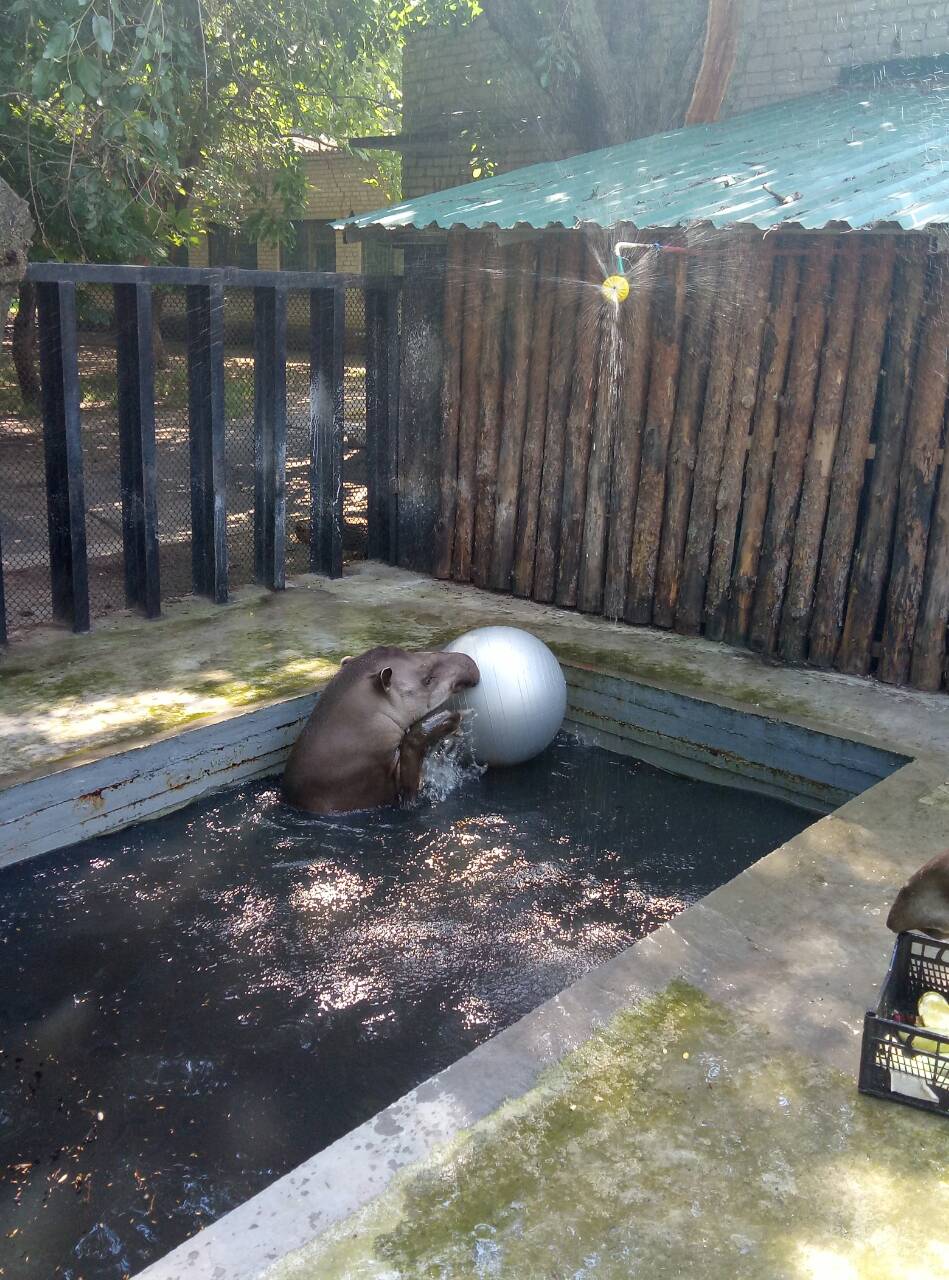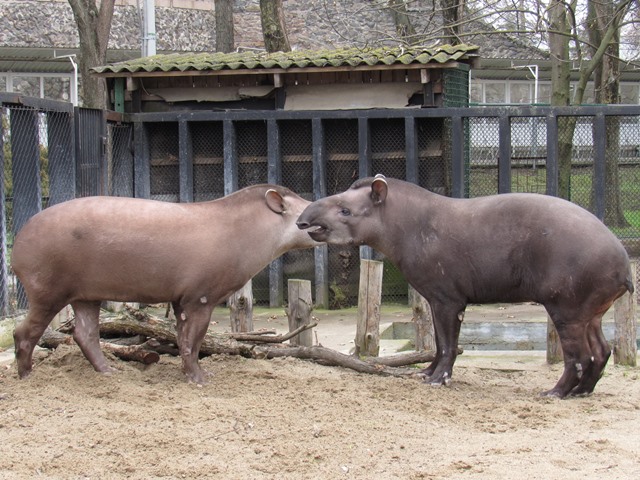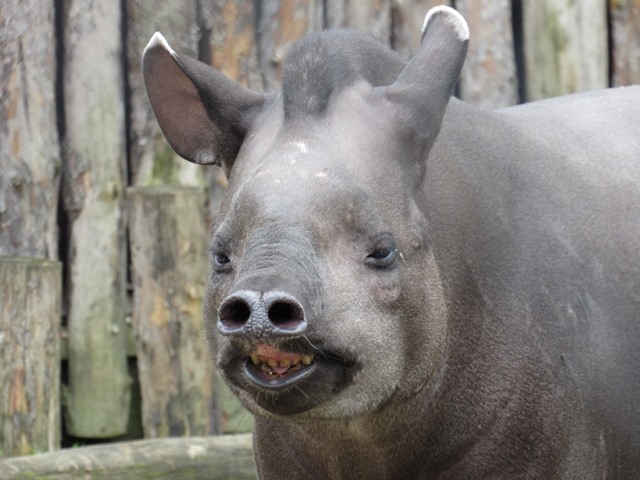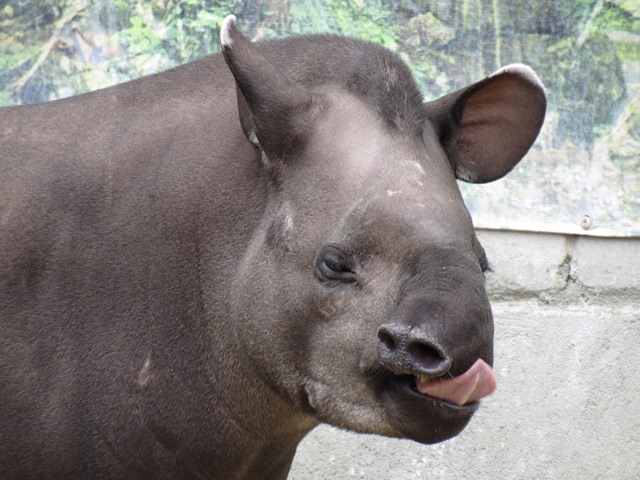April 27 - World Tapir Day.
World Tapir Day aims to create a community around the topic of awareness about these animals and tapir conservation.
What does a tapir look like? Well, it looks like a pig with a trunk. Some people call them a wild boar crossed with an anteater. However, tapirs are not related to any of these animals. Instead, they are relatives of horses and rhinoceroses. Tapirs are the largest land mammals in South America. This herbivorous animal also lives in Central America and Southeast Asia.
Depending on the species, tapirs have different sizes, but on average the body length of this animal is about 2 m, the tail length is 7-13 cm, the height is about 1 m, and the weight is from 110 to 300 kg. In their natural habitat, tapirs live for about 30 years.
Tapirs are one of the oldest mammals, having survived almost unchanged since the Eocene epoch.
Currently, there are 5 species of tapirs:
mountain tapir (Tapirus pinchaque);
South American tapir (Tapirus terrestris);
Central American tapir (Tapirus bairdii);
Malayan tapir (Tapirus indicus);
Kabomani tapir (Tapirus kabomani).
All species of tapirs require protection. The reason for the decline in the number of animals is deforestation, destruction of natural habitats of tapirs and hunting for them. The extinction of tapirs can lead to global disruptions in the ecosystem, as they carry the seeds of eaten plants over long distances, which contributes to an increase in plant diversity in their habitats.
Mykolaiv Zoo keeps representatives of one of the tapir species – two males of the South American tapir, whose names are Piro and Sol. Piro and Sol are different in character. Sol is calm, docile, while Piro is mobile, expressive, and likes so that he is the first to be given attention.
The tapirs diet includes: hay, grass, fresh vegetables, fruits. The most favorite foods are melons, watermelons, apples, grapes.




